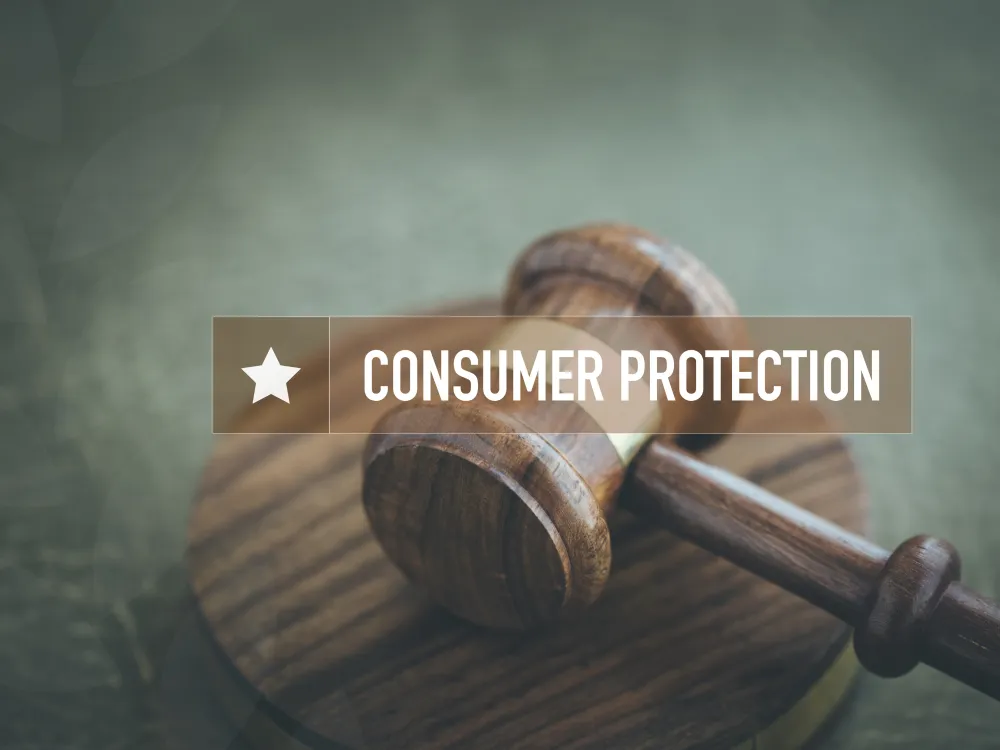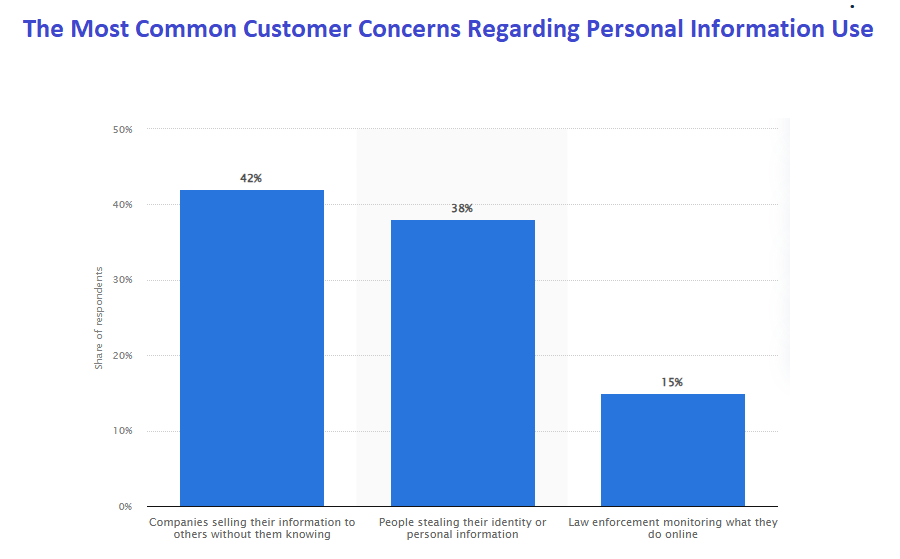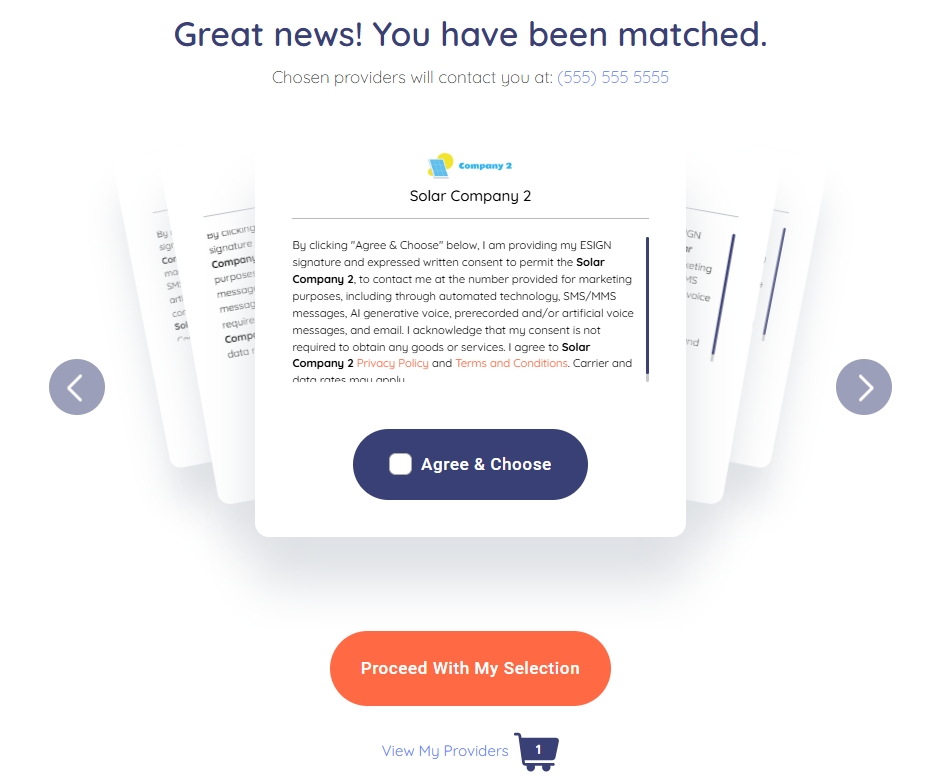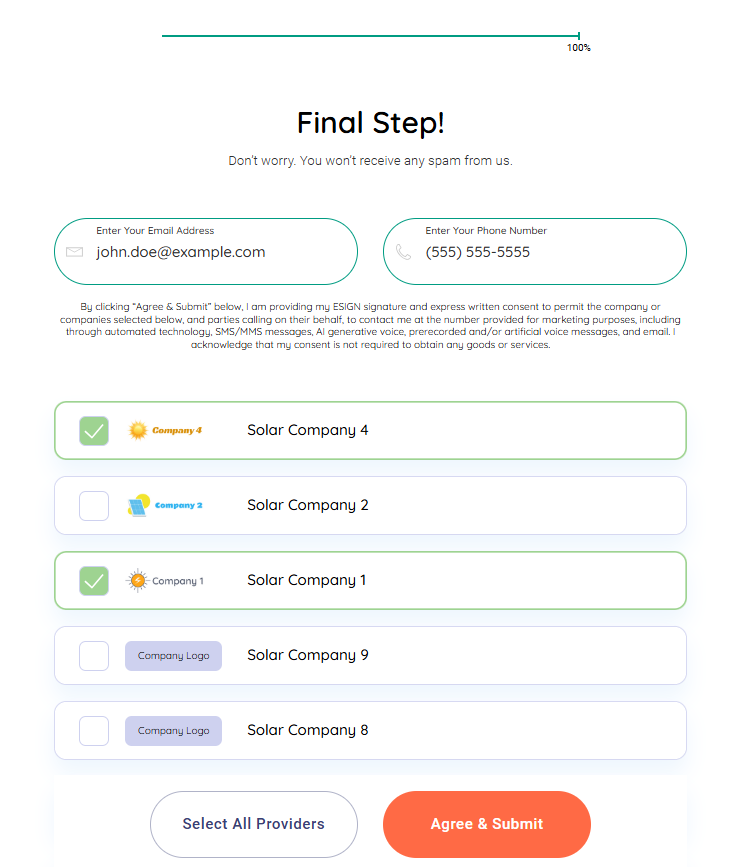
Wooden gavel on a round block with "CONSUMER PROTECTION" text overlay.
The Economics of Consumer Consent: How Regulations Reshape Business Strategies
In the ever-competitive online marketing landscape, obtaining consumer consent is vital to stay on the legal side of the fence when generating leads, whether you are an affiliate or advertiser. And there’s been lots of buzz consent-wise recently, especially in the United States.
Not all European businesses may know this, but a monumental data privacy compliance shift is happening for companies catering to the U.S. audience: the FCC consent rule update. Come live on January 27, 2025, all U.S.-serving businesses will have to obtain one-to-one express written consent before contacting consumers via robotic calls, texts, or emails.
The FCC update may not mean much to local European businesses at the moment, but it’ll surely mean a lot for EU-based international companies. At the very least, it’s a good reason to revisit and possibly revamp your compliance strategies, including call tracking and distribution.
So let’s review the FCC one-to-one consent rule consent update, the EU consent landscape, and how to request consumer consent so you are safe when generating leads.
The FCC One-to-One Consent Update
It’s no secret that online lead generation heavily relies on robotic texts and phone calls, when an ATDS system dials hundreds and thousands of phone numbers daily, with the smallest portion of them converting and way more getting annoyed.
In the United States, unsolicited calls are no longer a thing, and the lead generation loophole no longer exists. The FCC’s update to the Telephone Consumer Protection Act (TCPA) – scheduled for January 27, 2025, and thus likely to have already been put in force by the time this article goes live – requires express written consent to contact a consumer.
Here are the resources released by the FCC:
- FCC fact sheet
- FCC announcement outlining new rules
- FCC report and order and further notice of proposed rulemaking
Here’s why the TCPA update is happening:
- U.S. authorities want to protect users from spammy calls and texts while increasing data privacy. Before the update, lead generators could unite hundreds of brands under a single link and then share consumer data with all these brands, resulting in unwanted calls.

Source: Statista
Here are the main points of the upcoming TCPA update:
- Robotexts and robocalls now require prior explicit written consent
- The Do-Not-Call Registry now also applies to text messages
- Mobile service providers must block messages per the FCC request
From a practical standpoint, this means several things:
- Affiliates should find optimal ways to obtain express written consumer consent from their target audience. For example, this can be done by putting general or brand-specific consent language on a one-to-one consent lead generation form.
- Advertisers may have to focus on quality instead of quantity. The one-to-one consent update decreases the number of leads a company can access – whether the company buys or generates leads – so it becomes essential to squeeze the most out of every marketing contact and maximize the customer lifetime value.
- Companies should look towards FCC-compliant software that can keep consumer consent records, another important requirement with the TCPA update.
European companies targeting U.S. consumers must comply with the FCC in addition to the GDPR and ePrivacy Directive requirements. Surely, businesses that stick to the latest consent regulations and legitimate lead generation strategies will benefit from the FCC update, whereas dubious ones will have to change.
European Data Privacy Laws and Consumer Consent Regulations
In Europe, the two pieces of legislation that regulate business-consumer interactions are:
- The General Data Protection Regulation (GDPR), which has long required prior written opt-in consent – clear and explicit – to contact a consumer.
- The ePrivacy Directive, which complements GDPR by mandating prior consent for telemarketing, SMS, and email.
Overall, both FCC and GDPR instill clean consumer acquisition and data collection practices.
The Best Regulatory Compliance Strategies for European Businesses in 2025
#1. One-to-One Consent Forms
The easiest path to legal compliance is to use custom or generic consent language on your lead generation forms.
Here’s an example of a custom consent language:

You need custom consent language when the businesses represent different servicers or request consent for different types of communication. For example, if business A wants to authorize robotic calls only, whereas business B wants to authorize SMS messages, these two will require custom consent language.
Here’s an example of a generic consent language:

If, however, all businesses on a form are homogeneous and request consumer consent for the same types of marketing messages – for example, all want to authorize robotic texts and calls – then you can use generic consent language to put them all on one form.
#2. GDPR-Compliant Lead Management Software
Chances are you also track and distribute your leads. If so, the safest solution would be to use lead management software that complies with the consent regulations relevant to your markets. If you’re covering both European and U.S. markets, you likely need a solution that complies with both GDPR and FCC and possibly other pertinent regulations like the CAN-SPAM, California Consumer Privacy Act (CCPA), the California Privacy Rights Act (CPRA), etc.
The good news is that compliant lead management software is quite affordable. For example, Phonexa unites eight solutions under one roof, and you can get it for only a few hundred dollars a month to cover your affiliate and traditional marketing campaigns from top to bottom.
#3. Opt-In Practices for Consumer Tracking and Cookies
Regardless of how you track users – cookies, tags, fingerprinting, through an IVR system – make sure the user is informed what technologies are used, what data is collected, and how you are going to use this data. In other words, you need robust opt-in and out-out mechanisms so consumers can easily provide and withdraw consent at any time.
Here are some consent mechanisms:
#4. Organic Lead Generation and Inbound Calls
Businesses that cannot get the expected results with paid campaigns – for example, lead generators selling shared leads – may have to shift to organic customer acquisition.
SEO-driven content marketing can generate both web and call leads and – most importantly – make them initiate the first contact, which doesn’t require any consumer consent request on your side. Organic lead acquisition works great for companies that can create compelling content.
#5. Full Transparency and Disclosure
There’s no crystal ball to predict the future, but it’s clear that global customer consent regulations are shifting towards a customer trust economy, which means more transparency and control on the consumer’s side. So the safest strategy might be to stick to the highest data tracking and use standards, even if some of them are not mandatory at the moment.


